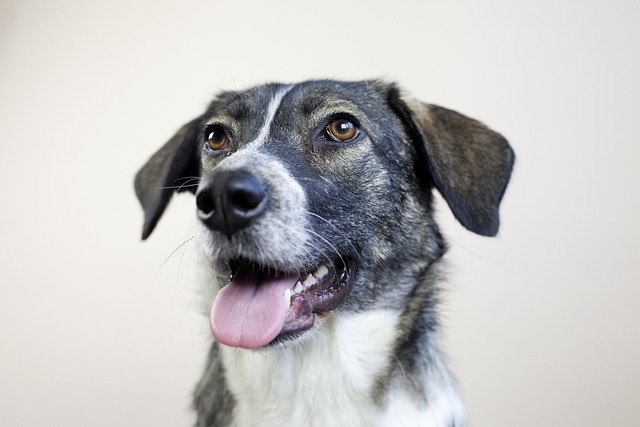
How often should you bathe a beagle puppy?
New beagle puppy owners often wonder how to balance keeping their furry friend clean with protecting their delicate skin—and the answer starts with not overdoing baths.
You might catch your dog gnawing at their paws nonstop or rubbing their belly against the carpet—signs that something in their diet could be triggering itchiness. Food-related skin irritation is common, but figuring out the culprit means balancing observation with rules that protect both your pup and your compliance with local pet care laws.
Some of the most common foods that cause a dog to itch include dairy products, like cheese or milk, which many pups can’t digest properly. Grains such as wheat and corn are another frequent trigger, especially in low-quality kibbles that use them as fillers. Even proteins like chicken or beef—staples in many dog foods—can spark allergic reactions, leading to red, itchy skin or hot spots. Before switching your dog’s diet, check local regulations; some areas require consulting a vet before making major food changes to ensure nutritional balance.
 When you suspect a food is causing the itch, try an elimination diet: start with a novel protein and a simple carb (like sweet potato) that your dog hasn’t had before. Keep a log of their symptoms—note if scratching eases after a few weeks, or if new issues pop up. Avoid giving table scraps, too; foods like garlic or onions (common in human meals) not only cause itchiness but are toxic to dogs, and feeding harmful foods could violate animal welfare laws in many U.S. states and EU countries.
When you suspect a food is causing the itch, try an elimination diet: start with a novel protein and a simple carb (like sweet potato) that your dog hasn’t had before. Keep a log of their symptoms—note if scratching eases after a few weeks, or if new issues pop up. Avoid giving table scraps, too; foods like garlic or onions (common in human meals) not only cause itchiness but are toxic to dogs, and feeding harmful foods could violate animal welfare laws in many U.S. states and EU countries.
Your vet can run allergy tests to confirm the trigger, which is key because misdiagnosing a food allergy might lead to neglecting other issues, like fleas or environmental allergies. In some regions, failing to address a dog’s chronic itch—if it’s due to an unmet nutritional need—could be considered a violation of pet care laws. They can also recommend hypoallergenic diets that meet legal standards for pet food safety and nutrition.
Once you’ve identified the problematic food, stick to a consistent diet and check labels carefully for hidden ingredients. For example, a “chicken-free” kibble might still contain chicken by-products. By pairing dietary changes with vet guidance and following local laws, you’ll ease your dog’s discomfort and keep them healthy. Remember, a dog’s itch isn’t just a nuisance—it’s a sign to act, and doing so the right way keeps you both on track.

New beagle puppy owners often wonder how to balance keeping their furry friend clean with protecting their delicate skin—and the answer starts with not overdoing baths.

Finding roundworms in your dog’s stool or noticing them vomiting small, white worms is a common scare for owners—especially with puppies, who often pick up the parasites from their moms.

Chihuahuas often thrive indoors, and their lifespan here tends to be longer than when they’re primarily outside. Many indoor Chis live 12 to 20 years, with some even hitting the 20-year mark if cared for right.

You might catch your dog gnawing at their paws nonstop or rubbing their belly against the carpet—signs that something in their diet could be triggering itchiness.

That's an excellent and crucial question for any owner of an aging canine companion. While an annual check-up might have sufficed in their younger years

Beagle puppies bounce around like little energy balls, and their tummies need regular fuel to keep up—but figuring out how often to fill their bowl takes more than just guessing.